
By Tom Burgess, Justin Wilson
Employing these techniques can be the difference between a safe, routine maintenance activity and a serious injury.

By Shari Franklin Smith
Assessing risk level and ensuring workers have proper PPE are key steps to maintaining construction worker safety during this time.
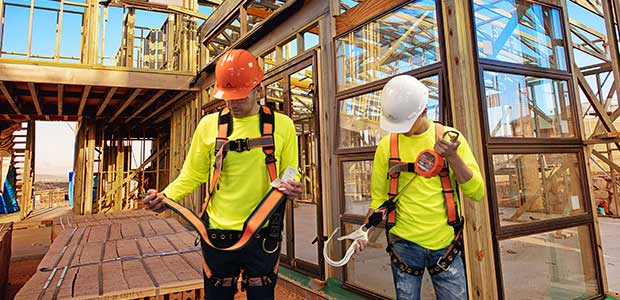
By David Ivey
How to train and equip employees for fall protection to satisfy OSHA regulations and ensure worker safety.

By W. David Yates
Eye injuries on the job today are far too common. Employers should conduct risk assessments to determine hazards and protect against them.

By Mohannad Kusti
In a post-COVID world, organizations must develop policies rooted in evidenced-based solutions that foster a safer workplace and drive cost savings.
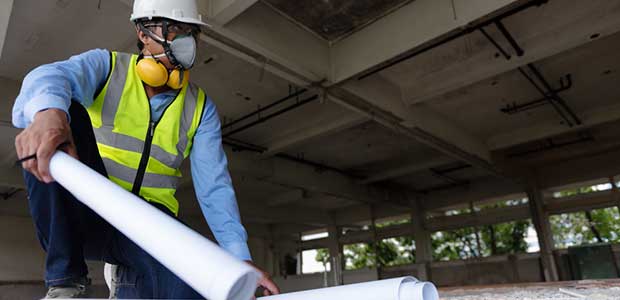
By Zachary Richman
Successfully combining vision protection with face coverings to protect workers from COVID-19 may be logistically challenging, but it is not impossible.
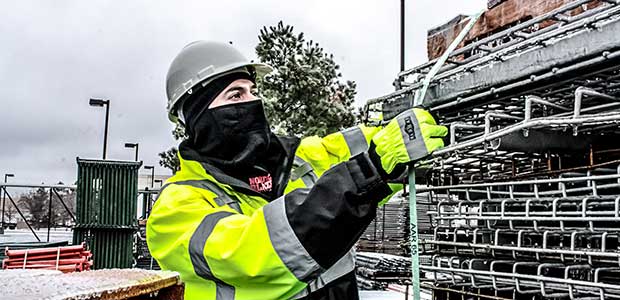
By Mary Padron
Hand protection for workers during chilly and windy environments should not be a second thought, as cold stress can lead to several hazardous conditions.

By Matt DeLorenzo
Thanks to the advances in digital data capture and recording by sensors and devices, information is a commodity that is not in short supply.

By Russell Carr
Management Commitment pertains to high level leadership’s “direct participation” in an organization’s EHS program.

By Chad Coleman
There’s no official checklist or cheat sheet to make sure hearing testing is an effortless experience—some things come with experience and time.
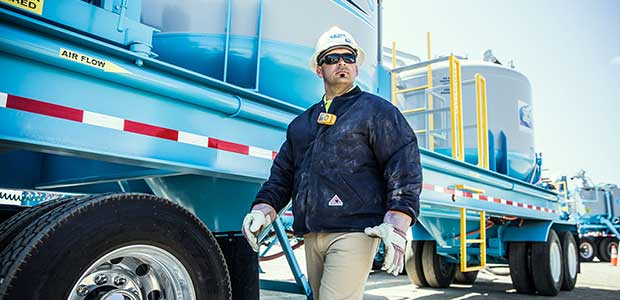
By Derek Sang
Cold stress shouldn’t be a risk you and your team overlook.
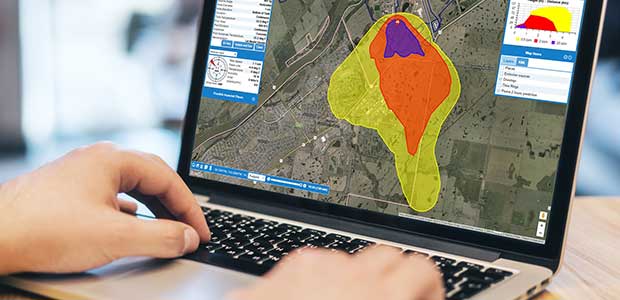
By Eric Fishman
During unplanned chemical releases, there are bound to be more questions than answers. Plume models are the best way to answer these questions and more.
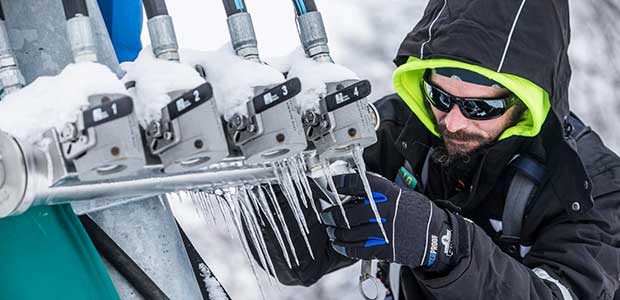
By Aaron Skemp
Your guide to choosing the best winter work gloves.

By Zach Ganster
Components like proper PPE, Lockout/Tagout and clear hazard communication are essential to implementing “safety first” practices.
By Robert Pater
In this environment, seeing and then adjusting to limitations, weaknesses and blockages is critical to leadership and to safety performance.